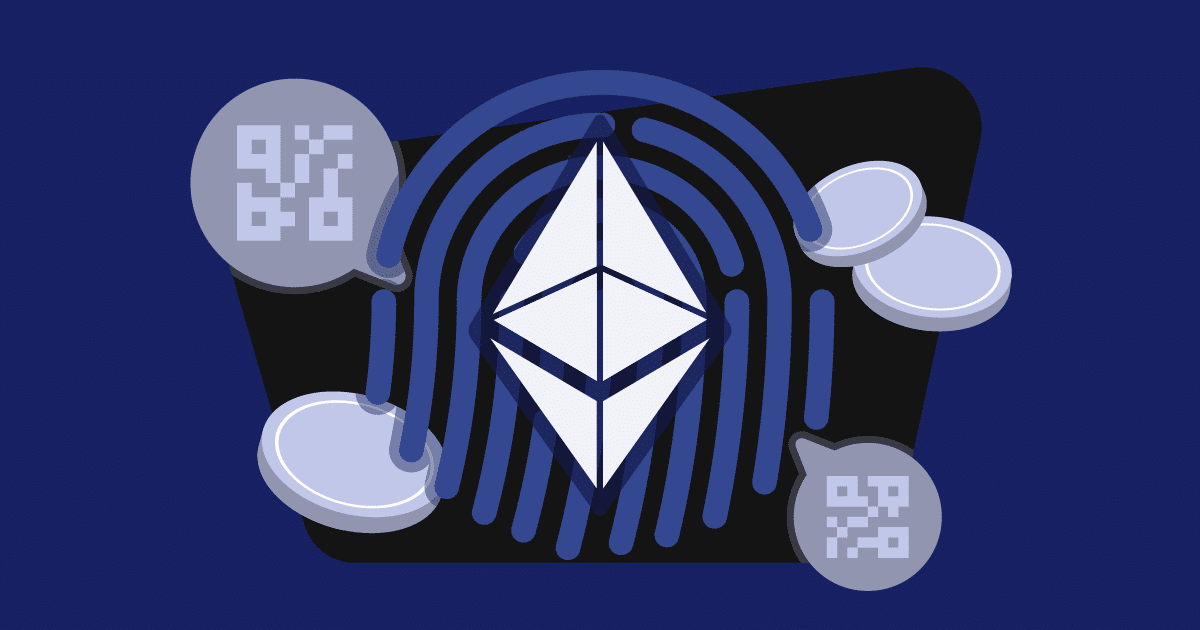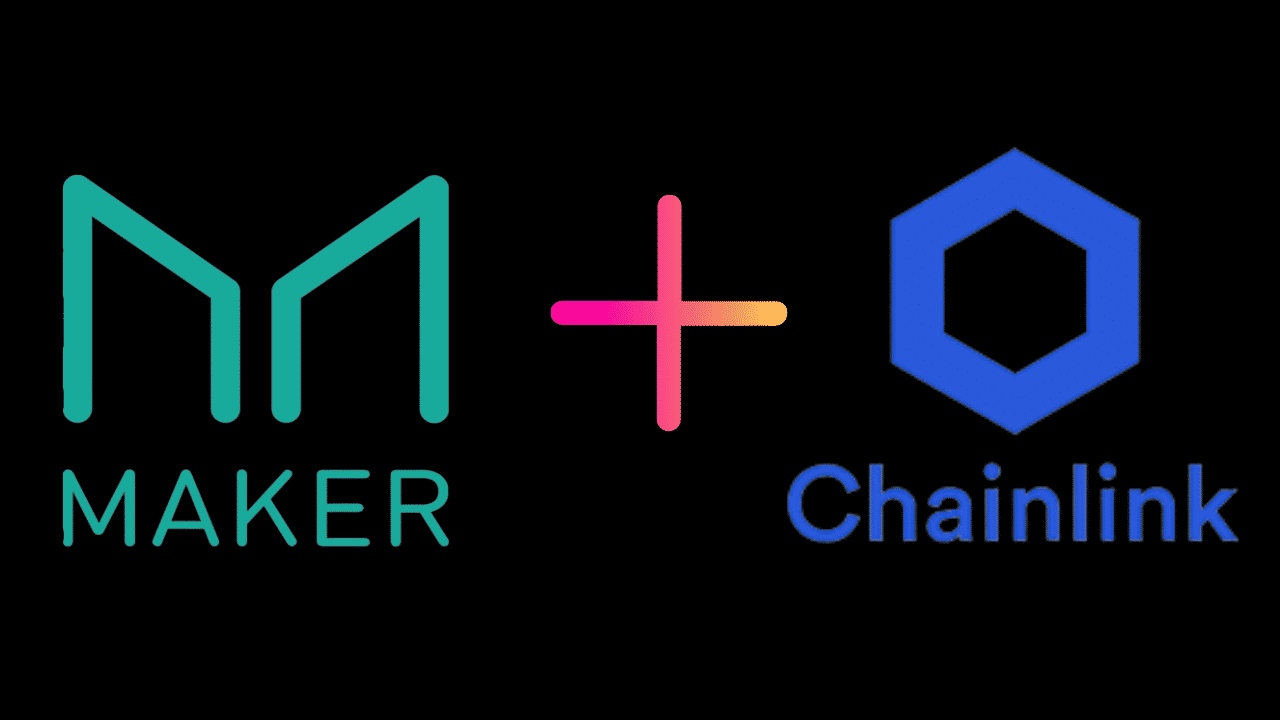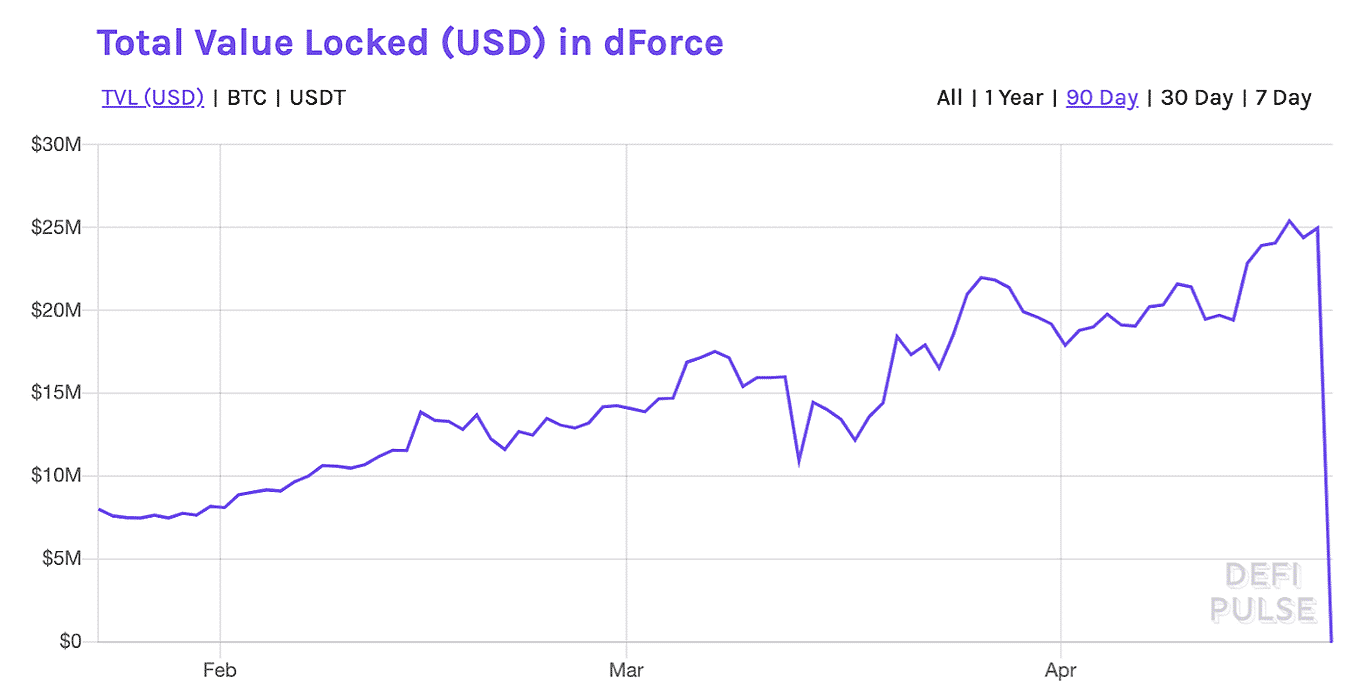 Navigation
Navigation

Ethereum Constantinople Gets A-OK, Blockchain Upgrade To Activate On Feb. 28th
|
|
You read the title right, don’t worry. After a number of failed attempts, due to bugs and consensus misalignment, the Ethereum core development team has finally decided to go ahead with the fabled Constantinople blockchain upgrade. This is the project’s first named upgrade in over a year, accentuating its importance. Here’s BlockGeek’s breakdown of the upgrade, including the deets and what it means for the popular crypto project.
Meet Constantinople
For those who missed a memo, here’s a breakdown of the upgrades slated to activate in the impending Constantinople upgrade, slated to go live at block number 7,280,000 (projected to be processed on Thursday, February 28th), as per data from Ethereum.org. And just for reference, EIP stands for Ethereum Improvement Proposal.
- EIP 145 — This protocol will introduce bitwise shifting introductions into Ethereum’s virtual machine, meaning that some on-chain functions will be cheaper and easier to complete than before.
- EIP 1014 — The so-called “Skinny CREATE2” proposal will allow smart contract developers to interact with Ethereum addresses that have yet to be created.
- EIP 1052 — This EIP is somewhat similar to 145, as it also reduces the amount of Ethereum gas needed to execute certain operations.
- EIP 1234 — This is arguably the ‘big kahuna’ of Constantinople. This proposal delays the “difficulty bomb” (a.k.a. the “Ice Age”), which pushes block times higher over time, by reducing Ether rewards from 3 ETH/block to 2 ETH/block.
- The removal of EIP 1283 — 1283 is much like 145 and 1052, but this EIP will have to be removed due to a ground-breaking bug that was discovered by auditors. There is a high likelihood that 1283 (or something built off the proposal) will make its way back to the Ethereum mainchain… eventually.
Should You Do Anything?
If you aren’t running a full node, Ether mining, or something of a similar caliber, there is a high likelihood that you don’t need to move your ETH or do anything with your wallet/service provider.
The world’s largest crypto exchanges, like Bitfinex, Coinbase, Binance, have announced support for Constantinople, meaning that all the Ethereum processes involved with this upgrade will be dealt with by their engineer teams. As Changpeng Zhao would say, “funds are SAFU.” Users of web wallets, like MetaMask and MyEtherWallet, light wallets, like Coinbase Wallet and Trust Wallet, and hardware devices, like the Ledger Nano S, should also be totally A-OK, as these startups will also be upgrading their nodes to ensure they are reading the right chain.
In other words, for 90% of you, readers, you will just need to sit tight and watch when Constantinople hits.
What’s Next For Ethereum?
From a price standpoint, many argue that this upgrade is also decidedly bullish, specifically due to the issuance shift (drop from 3 ETH/block to 2 ETH/block) that comes alongside Constantinople.
Today: 4238 blocks + 218 uncles = 13,717 new ETH a day
In 5 days: 6100 blocks + 350 uncles = ~12,725 new ETH a day
— Eric Conner (@econoar) February 23, 2019
Alex Krüger, a New York-based researcher, expanded on this idea a few months back. Taking the simple theories of supply and demand into account, while also looking at the price action of Bitcoin pre- and post-block reward shifts, Krüger noted that he was bullish. He claimed that in the long run, the so-called block reward “thirdening” will be “decidedly bullish.”
Krüger explained that if Ether continues to hold in the $150 range, Constantinople will have a minimal effect on the mining ecosystem. He explained that only “pro miners” that are paying $0.075 per KWH will lose profitability, which is far from the “death spiral” that some cynics were awaiting. In the analyst’s eyes, hobbyist miners, whether paying $0.075+ per KWH or otherwise, will continue to hash away.
Technically, Ethereum proponents are under the thought process that Constantinople sets the project’s future upgrades up for success. As aforementioned, the protocols included in this upgrade will aid in calming short-term scaling concerns, while also moving the blockchain one (large) step closer towards Serenity, when Proof of Stake (PoS) and sharding are expected to revolutionize Ethereum from the ground up.
Title Image Courtesy of Descryptive.com Via Unsplash







Can’t overlook the impact of creating momentum.
Can’t overlook the impact of creating momentum.
Can’t overlook the impact of creating momentum.